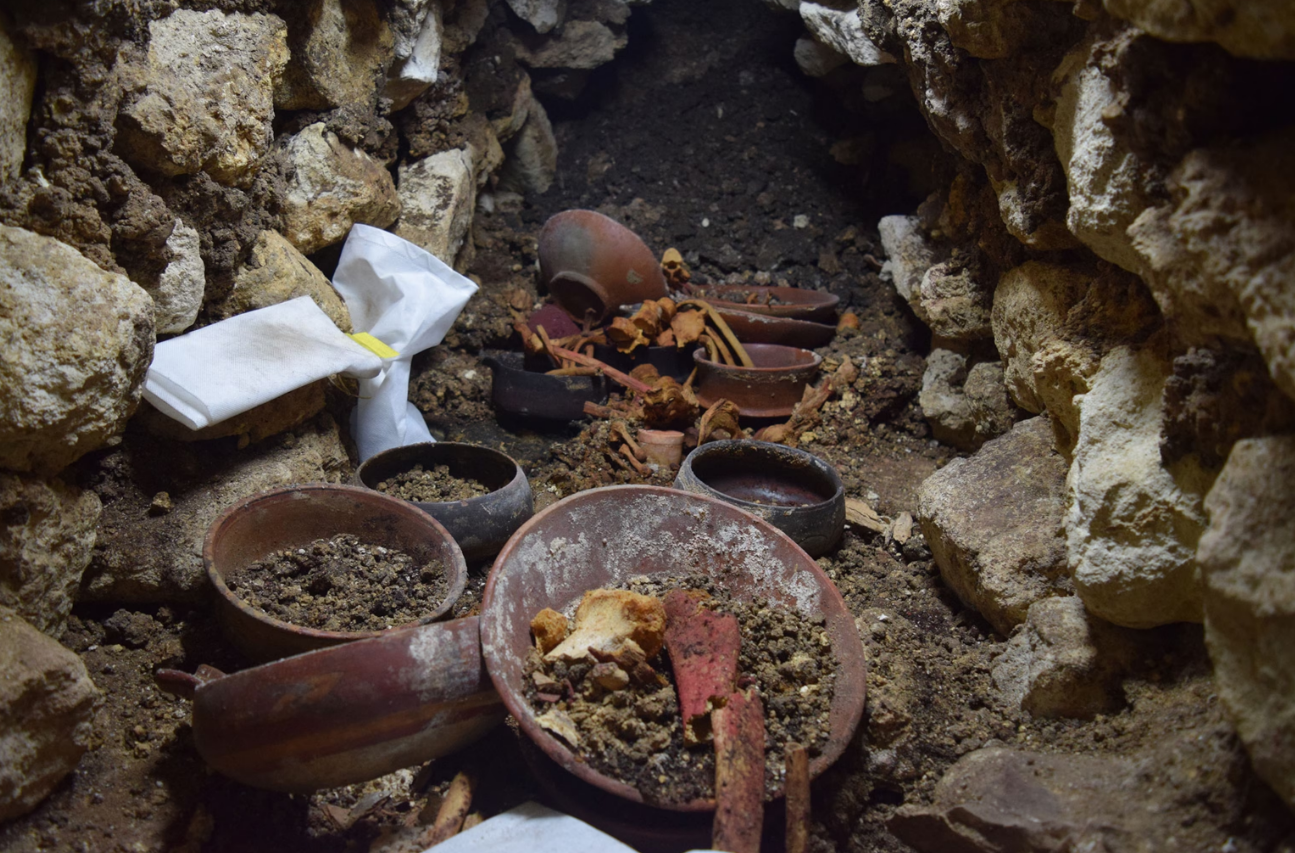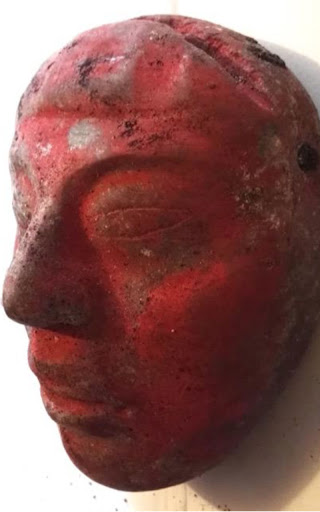In an astonishing revelation that enhances our understanding of the ancient Maya civilization, archaeologists have uncovered the oldest known royal tomb belonging to the Classic Maya Centipede Dynasty in Guatemala. This pivotal discovery at the Maya city of El Perú-Waka’ is regarded as a significant milestone for scholars studying the political and cultural history of this ancient kingdom. Dating back to 300-350 AD, the tomb offers a rare insight into the formative years of the Wak dynasty—a period that has captivated historians and archaeologists for generations.
The Ancient City of El Perú-Waka’

El Perú-Waka’, an ancient Maya city situated in modern-day northwestern Petén, Guatemala, ranks among the most important archaeological sites in the area. Rediscovered by oil exploration workers in the mid-1960s, it stands as the largest known site within the Laguna del Tigre National Park, which is part of Guatemala’s Maya Biosphere Reserve. Scientific investigations under the El Perú-Waka’ Regional Archaeological Project commenced in 2003, revealing that Waka’ served as a vital political and economic hub during the Classic period of the lowland Maya civilization. Through extensive excavation and research efforts, various facets of Maya life—including their rituals and daily practices—have been reconstructed, providing invaluable insights into this ancient community.
The Oldest Royal Tomb in Northern Guatemala’s History
Recent reports highlight the extraordinary find of a royal tomb at El Perú-Waka’, excavated by Guatemalan archaeologists collaborating with the U.S.-Guatemalan El Perú-Waka’ Archaeological Project. Analysis of ceramics has dated the tomb to 300-350 AD, marking it as the earliest identified royal burial site in this area. This discovery is significant not only for its age but also for its connection to the early history of the Wak—or Centipede—dynasty.

David Freidel, a professor at Washington University and leader of the research team, underscored the cultural significance of this find. He noted that the Classic Maya held their rulers in divine regard, both during their lives and after death. The acropolis where the tomb was located became a sacred site, akin to the burial grounds of ancient Saxon kings in England. This reverence for royal burial sites reflects profound spiritual and cultural beliefs intrinsic to the Maya civilization.
Unveiling the Monument of Lady Ikoom
El Perú-Waka’ continues to be a remarkable archaeological treasure, unveiling numerous royal tombs and sacrificial burials dating back to the fifth, sixth, and seventh centuries AD. Among the most intriguing recent discoveries is a stone monument inscribed with hieroglyphics, found beneath a temple at the site. Known as El Perú Stela 44, this monument dates back approximately 1,500 years and offers essential insights into the kingdom of Wak and its interactions with other powerful Maya states.

The hieroglyphic text indicates that King Wa’oom Uch’ab Tzi’kin commissioned it to honor his father, King Chak Took Ich’aak. It also narrates the story of a lesser-known princess, Lady Ikoom, whose descendants played pivotal roles in the dynastic conflicts between two dominant Maya royal families. Lady Ikoom is regarded as a precursor to the illustrious Maya Snake Queen Lady K’abel, who ruled El Perú-Waka’ alongside her husband for over two decades.
The Enigmatic “Burial 80” and Its Royal Status
In 2017, archaeologists reported their discovery of what they have termed “Burial 80,” a tomb that potentially dates back to the early years of the Wak dynasty. While the identity of the entombed ruler remains uncertain, some archaeologists speculate it might be King Te’ Chan Ahk, who ruled during the early fourth century AD. The royal status of this burial was reinforced by the unearthing of a jade mask featuring forehead hair resembling that of the Maize God—a symbol closely associated with Maya kings.

The jade mask, along with other offerings found within the tomb—such as ceramic vessels, spondylus shells, jade ornaments, and a shell pendant carved like a crocodile—further underscores the royal significance of this burial site. These findings provide a richer understanding of the rituals and beliefs surrounding death and the afterlife in Maya civilization.
Conclusion
The discovery of the oldest royal tomb from the Classic Maya Centipede Dynasty at El Perú-Waka’ marks a significant milestone in our exploration of ancient Maya history. This finding not only expands our knowledge of the Wak dynasty but also clarifies our understanding of the political and cultural dynamics within Classic Maya civilization. As archaeologists continue their work at this ancient site, we can anticipate further revelations that will enhance our comprehension of one of history’s most intriguing and enigmatic civilizations.

